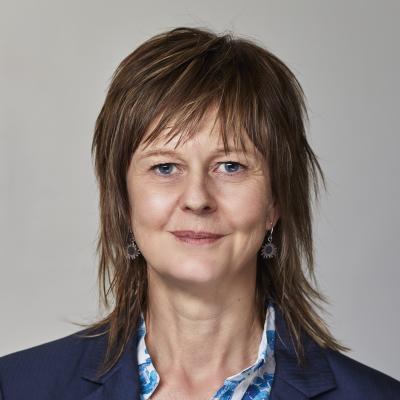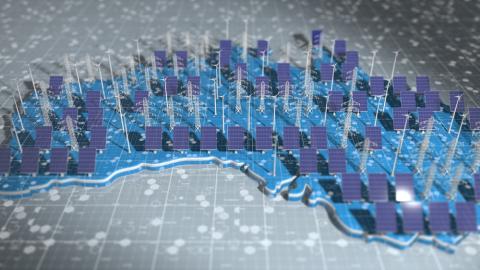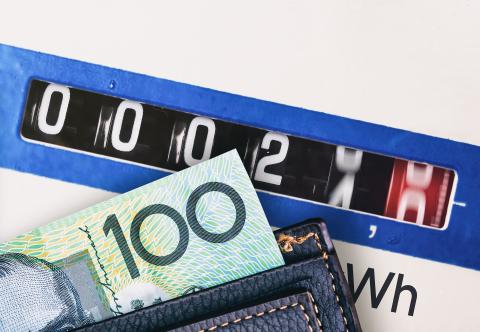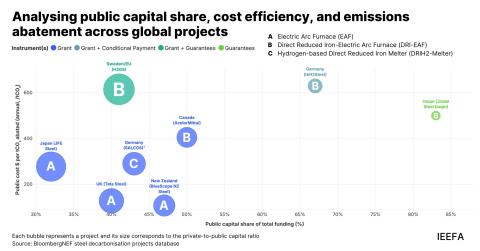Reviewing access, pricing and incentive arrangements for distributed energy resources

Key Findings
Today, with over 2.7 million homes in the national electricity market having solar rooftops, the responsibility for distributed energy resource integration is well overdue.
Export service performance standards need to be developed to ensure distributed network service providers are held to account, as they are for import services.
Rooftop solar has been characterised as a risk to the grid but the primary network provider in South Australia, SA Power Networks, is managing 40% rooftop penetration with less than 1% of its regulated network revenue.
The Australian Energy Market Commission (AMEC) has sought assistance to make distributed energy resources an integrated part of the national electricity market (NEM) for the benefit of everyone.
When the NEM operating on the east coast of Australia was designed, there was almost no rooftop solar or other small generation, demand response or storage in the system.
The responsibility for DER integration is well overdue
Then, distribution networks were focused on efficient one-way flows of electricity from large generators to homes and businesses, and responsibility for the integration of distributed energy resources (DER) hadn’t been considered.
Today, with over 2.7 million homes in the NEM having solar rooftops, the responsibility for integration is well overdue.
AEMC’s draft determination has rightly included introducing obligations on network businesses to provide export services. This is a necessary and important step in the energy transition.
Export service performance standards need to be developed to ensure distributed network service providers (DNSPs) are held to account, as they are for import services. They should also be rewarded / penalised for meeting / failing to comply with these standards, as they are for other network performance standards.
IEEFA supports DNSPs reporting on export performance metrics annually, the development of a method calculating the value of customer exports, and reviewing the feasibility of extending the Service Target Performance Incentive Scheme to exports within 18 months.
The AEMC is seeking to provide DNSPs with options on recovering costs for new services.
As is often the case with new technology, rooftop solar has been characterised as a risk
The deletion of the prohibition on export charging, enabling network businesses to develop two-way pricing on both consumption and export services, is not however the way to go.
As is often the case with new technology, rooftop solar has been characterised as a risk to the grid, but the primary network provider in South Australia, SA Power Networks is managing 40% rooftop penetration with less than 1% of its regulated network revenue.
The Australian Energy Regulator granted SA Power Networks AU$3,914m in revenue from its customers for 1 July 2020 through to 30 June 2025. Of this almost AU$4b total, SA Power Networks will spend an estimated AU$32m of capex to build capabilities to roll out dynamic operating envelopes as a standard connection service.
The available figures for other Australian network businesses are similar, with less than 5% of revenue being spent to create the smarts to manage rooftop solar, at least for the next five years.
The AEMC should urgently focus on distributed energy resource integration rather than who should pay for the insignificant cost of incorporating one type of distributed energy resource.
The politics of temporary equity concern about solar panel installation will be a footnote in a broader energy transition narrative about the electrification of everything.
Consumers who cannot install solar panels will not be left behind because renewable energy is bringing down the costs of electricity for everyone.
Renewable energy is bringing down the costs of electricity for everyone
Broader regulatory financial issues, especially, who pays the cost for stranded gas networks and for new transmission, will have a far greater financial impact on low income consumers.
Further, electric vehicles will substantially change the economics of the transition including, potentially, network costs.
To that end, IEEFA notes further urgent distributed energy resource reforms that should be considered include:
- Fast tracking of the Energy Security Board’s rule change on the governance of distributed energy resource technical standards
- Greater resourcing and fast-tracking of the Distributed Energy Integration Program’s work on dynamic operating envelopes
- Investigations and trials into managed electric vehicle and vehicle-to-grid charging.
Finally, as matter of urgency, planning for a zero-inertia zero-emissions electricity system must begin immediately.
Read IEEFA's submission to the AEMC: Access, Pricing and Incentive Arrangements for Distributed Energy Resources (ERC0311) – AEMC Draft Determination
Dr Gabrielle Kuiper is a DER specialist and IEEFA guest contributor.
















